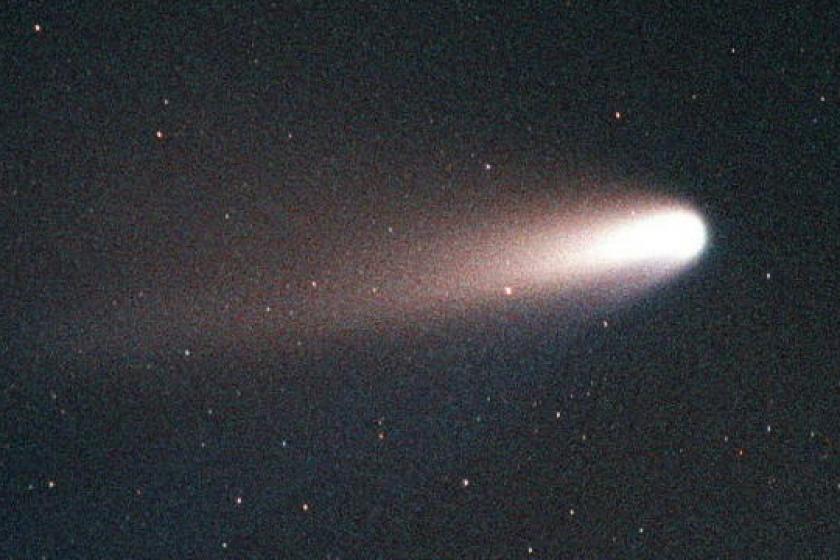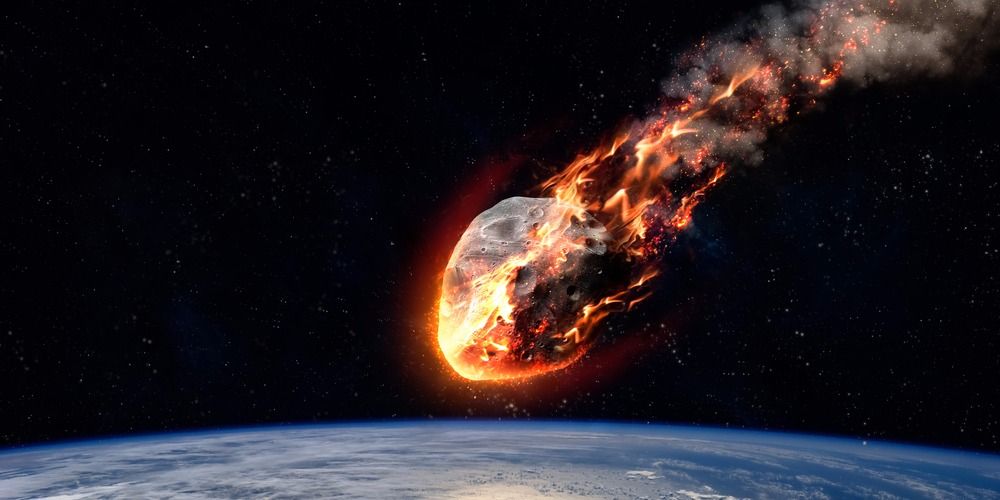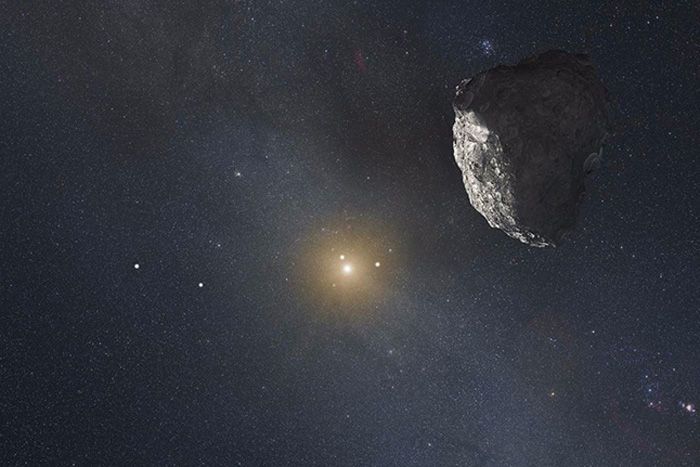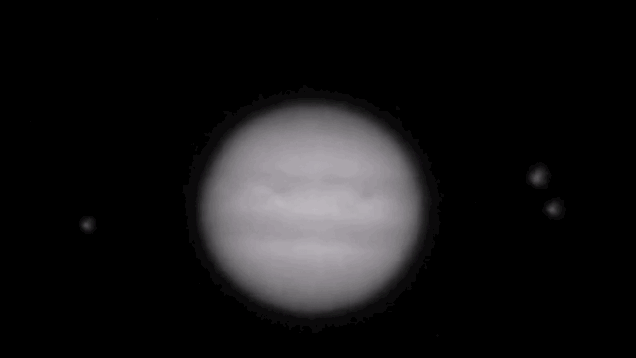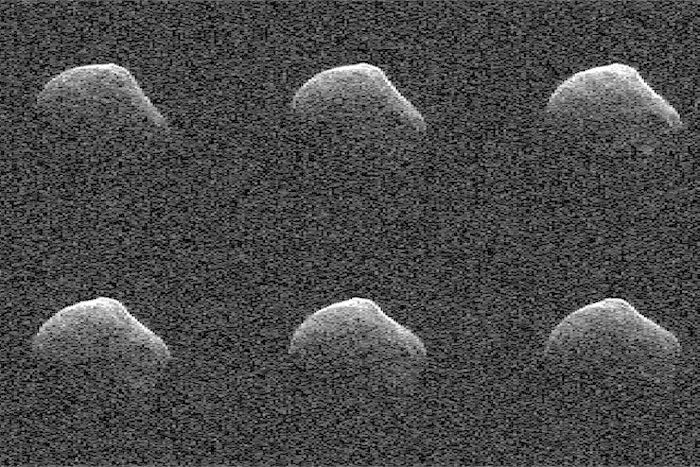In news certain to take the bounce out of your step, a NASA scientist says Earth is due for an “extinction-level” event that we basically would have no way of stopping.
Dr. Joseph Nuth of NASA’s Goddard Space Flight Center rang the alarm Monday in San Francisco, New York Magazine reports. The comet that spelled disaster for the dinosaurs hit 65 million years ago, and Nuth said the massive asteroids and comets that could wipe out civilization usually strike “50 to 60 million years apart,” making such an event overdue.
In 2014, scientists first spotted a large comet barreling toward Mars just 22 months before it came perilously close to hitting the planet. That wasn’t enough time to do anything, Nuth said, proof that “the biggest problem, basically, is there’s not a hell of a lot we can do about it at the moment.” To prevent a catastrophic event, Nuth suggests NASA create a rocket that can go in storage, ready to be used if a huge comet comes our way. “It could mitigate the possibility of a sneaky asteroid coming in from a place that’s hard to observe, like from the sun,” Nuth said. The way 2016 has gone so far, you might want to start scanning the sky. Catherine Garcia.
